Parrot Czech: distinctive features and rules of care
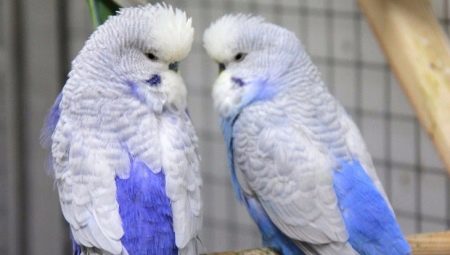
Parrots occupy one of the places of honor among birds that are able to live at home and interact with humans as a favorite of all family members. Among the most popular breeds of this beautiful bird, the Czech parrot should be distinguished, which attracts attention with its beautiful variegated color and unpretentiousness to the conditions of detention.
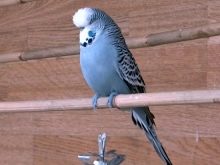
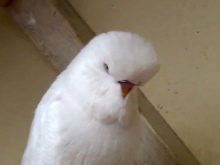

Description
The history of the origin of this interesting breed goes back to England, where one of the breeders of small birds from a pair of ordinary green budgerigars had offspring with unusual external signs. The growing birds were distinguished by the structure of the skull, which was non-standard for the breed, which was several times larger than that of ordinary representatives of budgerigars.
Further crossings of birds allowed the owners to breed a completely new species of birds, which today is very popular among parrot lovers, as well as among specialists who are actively involved in breeding elite and exhibition specimens.
The size of an adult show individual varies between 23-28 cm. Today, thanks to crossing and work on improving the species characteristics of birds, such pets are presented in a large variety of colors. The most common color variations are: green, yellow, lilac, blue, gray, as well as the combined color of the plumage.
It is the brightness in the color of the feathers that is a sign of the breed, however, there are other types of show parrots. A half-cap is a bird that is also large in size, but does not stand out for its catchy color.

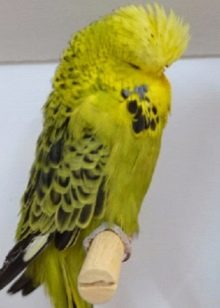
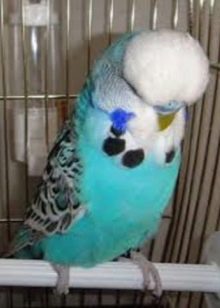
In the countries of the former USSR, parrots are called Czechs, since crested birds were first brought to us from Czechoslovakia.However, the breed also has a second name, which has taken root more in Europe: exhibition budgies. Due to the unique external data, the bird remains one of the most expensive. However, the sale of Czechs is still not so common in comparison with other types of budgies.
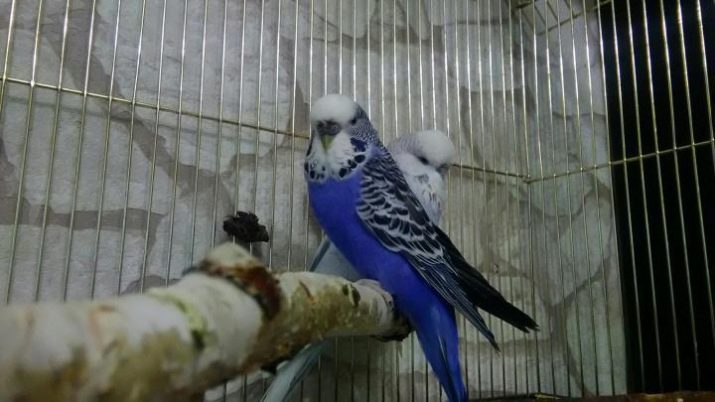
It should be noted that numerous crosses have an extremely negative effect on the immunity of birds, in light of which the show specimens are less resistant to various infections than representatives of other breeds. As practice shows, it is possible to reduce the risk of sickness in budgerigars grown at home with the help of special care of the cage, additional processing of vegetables and fruits used for feeding. In addition, the reproductive function of the Czechs is rather poorly developed. Very often, chicks appear with defects or later turn out to be infertile.
The couple gives birth to 1 to 4 chicks... Crested parrots are monogamous, so the loss of a partner can be a serious stress for them. It is noted that show birds may lose parental instincts after the birth of chicks, so the breeder should be prepared for the fact that he will have to deal with the offspring on his own.
On average, Czechs live about 10-15 years, but some individuals can stand out for a long life cycle, retaining their viability for up to 20 years. Czechs can live at home alone, but the bird will still be more comfortable in the company. In the absence of an interlocutor in the form of a fellow tribesman, the owner of a Czech must provide him with regular communication. The nature of the birds is calm. In contrast to the excessive activity of smaller congeners, Czechs tend to move smoothly and even slightly awkwardly.

These birds are social, they show curiosity, they make good contact with humans. The budgerigar show parrot is talking. The bird is quite quick-witted, so it learns to talk easily. Cech can be taught to pronounce well both individual words and whole phrases. They do not fly often, but they love to play and communicate.
How are they different from ordinary budgies?
To notice the difference between an ordinary budgie and a Czech, one visual comparison is enough: the show breed will have a beautiful tuft of feathers on its head. You can also distinguish a Czech by a beard decorated with beads.
Due to such external features, the bird has a rather proud posture, and together with the bright color of the exhibition budgerigar, it can be safely called an aristocratic feathered individual. And also the crested breed stands out for its size.
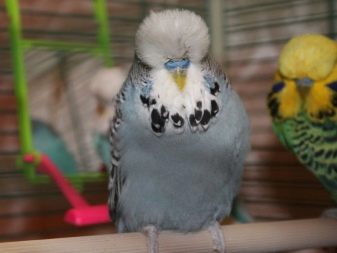
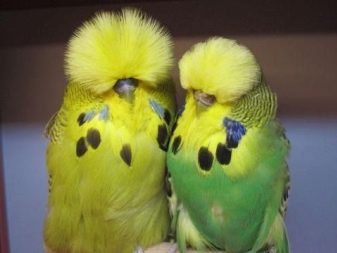
The specificity of folding the wings of Czechs should also be added to the list of differences: they do not interbreed with each other. And also in birds the length of feathers will differ in a large direction. The characteristic features of the exhibition specimens should be attributed to their measured and calmer behavior in comparison with ordinary budgerigars.
What should be the cage?
Since the bird stands out for its weak immunity, owners are advised to thoroughly prepare for keeping it at home. First of all, this concerns the choice of a house for a Czech. Suitable dimensions of the cage will be at least 50X40X30 cm. The recommended raw material will be metal.
However, the copper house should be discarded. And also wood will be an unsuitable raw material for the cell.
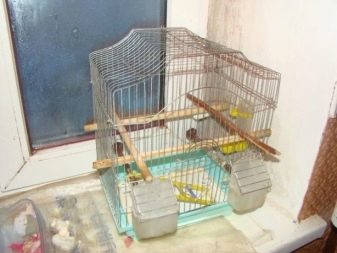

As for the form, the Czechs will feel good in any houses. As a rule, cells are rectangular or domed. The diameter of the rods should not exceed 2 mm.
It is important to properly equip the dwelling for the bird. Various perches are a must for parrots.
It is best if they are made of wood, as plastic can injure birds. There can be from 1 to 3 of them.
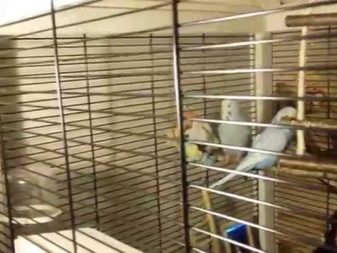
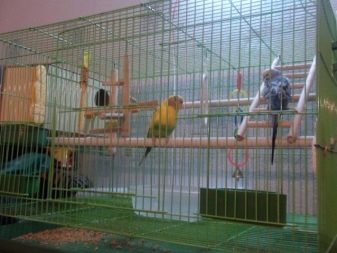
And also a pallet and a net should be installed in the cage, on which the fallen feed will linger. For comfortable care, you can choose models with a pull-out bottom, which is easier to wash. For the parrots in the house, you will need toys. For Czechs, you can equip a mini-corner, which will contain swings, ropes and other interesting things for the bird.
What to feed?
For a Czech, several feeders should be placed in the cage, the optimal number will be 2-3 pieces. Grain should be poured into one, the second will be used for mineral feed, and in the third, they usually put pieces of vegetables, fruits, sprouted cereals. The fruit can be hung using the holder that functions as a clothespin. In addition to food, the parrot also needs water. The most suitable from the point of view of hygiene will be automatic accessories.
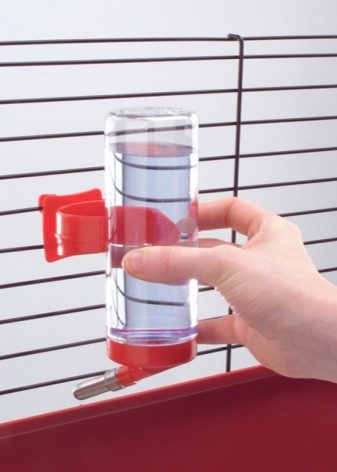

In addition, mineral components such as sepia or stone must be placed in the cage for the bird.
The rest of the diet of exhibition birds is similar to that of ordinary budgerigars. Most of the pet's menu should be for grain mixture, in which millet will be the predominant crop. The rest of the ingredients can be flax seeds, wheat, oats. This type of food can be purchased at every pet store.
Czechs can be given greens, cottage cheese, boiled eggs, cereals and mineral supplements. However, it is strictly forbidden to introduce sunflower seeds or fruits, nuts, as well as food from the common table into the diet of parrots.
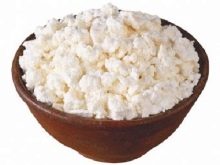
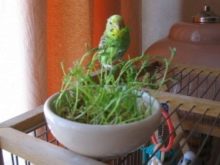
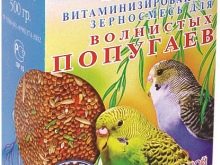
How to care?
At home, the bird will feel comfortable if the owner provides her with proper conditions.
- Temperature. A suitable temperature in the room is between +20 and + 25 ° C. The critical mark will be a decrease below + 18 ° С, regardless of the season. The place chosen for placing the cage with the parrot should not be in a draft.
- Lighting. The length of daylight hours for the crested will vary depending on the season. In summer, the daylight hours for birds should be about 15 hours, in the winter months it can be reduced to 10 hours. With a lack of natural light near the cage, artificial supplementary lighting is organized using fluorescent lamps.
Caring for an exhibition budgerigar includes the implementation of several mandatory activities.
- It is important for the health of the bird to clean the cage 2 times a day. This is generally best done in the morning and evening.
- The Czech needs fresh water, so it is important to ensure that the liquid does not stagnate in the drinker.
- Feeders should not be left empty. If the parrot eats vegetables and fruits, then dried pieces of food should be replaced with new delicacies.
- The bird will need daily physical activity for proper development, therefore it must be released from the cage regularly.
- Water procedures are indicated for a Czech no more than once every 7 days.
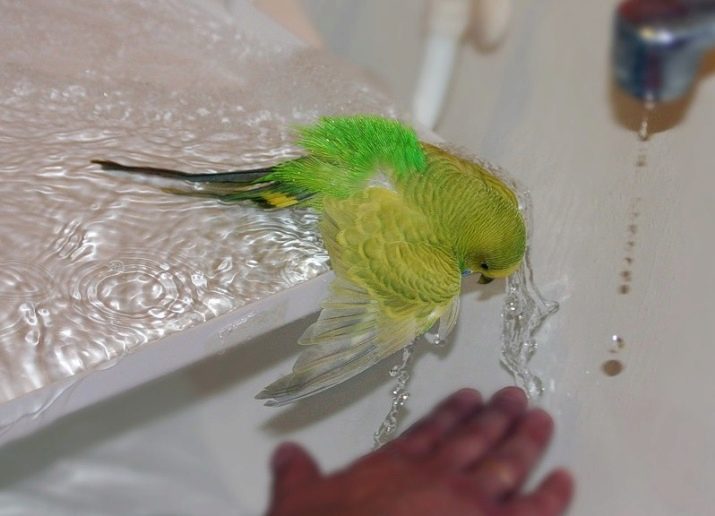
And also the owner will need to organize leisure activities for the poultry. Since birds grow and develop without direct contact with humans, they need to find activities for themselves on their own. Therefore, the presence of various toys in the house is a prerequisite. You can install a small bird mirror in the cage.
The Czech owner is advised to devote a certain amount of time to him every day. This applies not only to learning to speak, but also games, such as hide and seek. The budgerigar is quite smart, so a one-year-old bird will be able to fold the pyramid, sort small objects. The minimum time for classes will be a quarter of an hour. In the process of growing up, joint leisure time should last about 40 minutes a day.
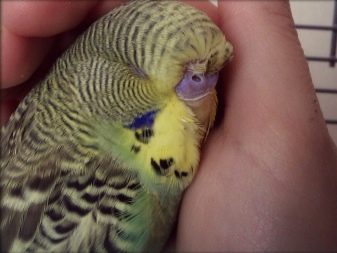
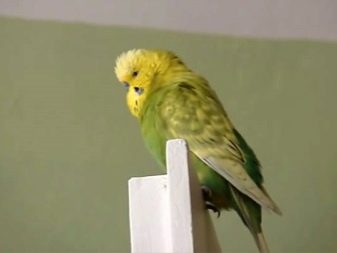
The exhibition Czech budgerigar is presented in the following video.








